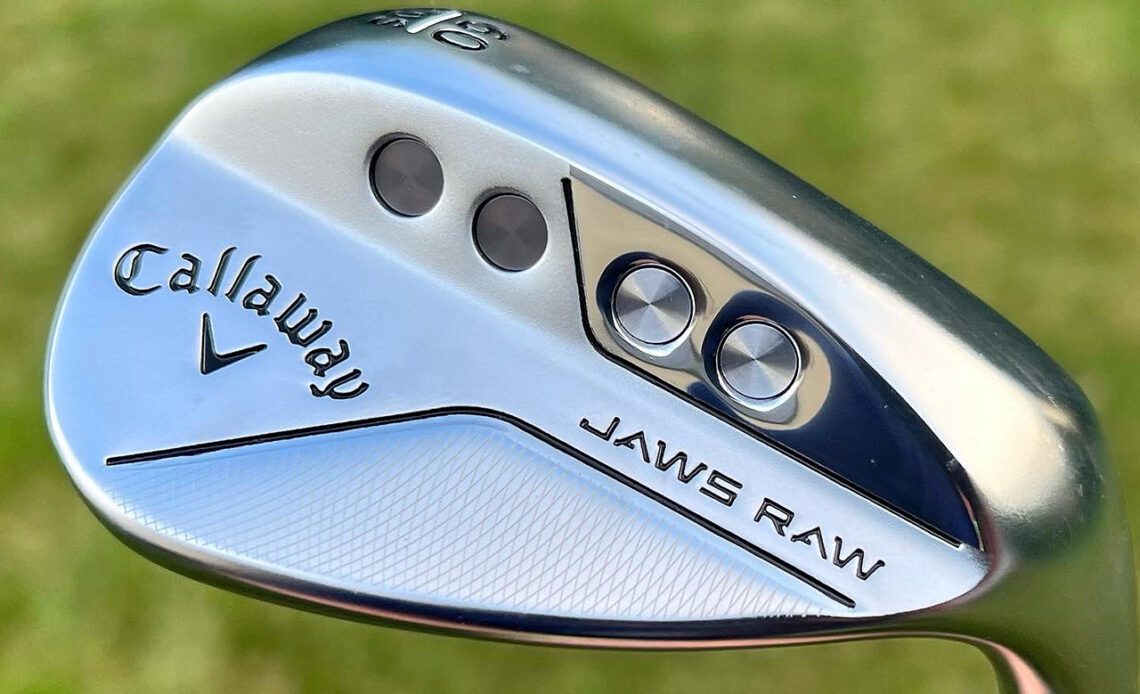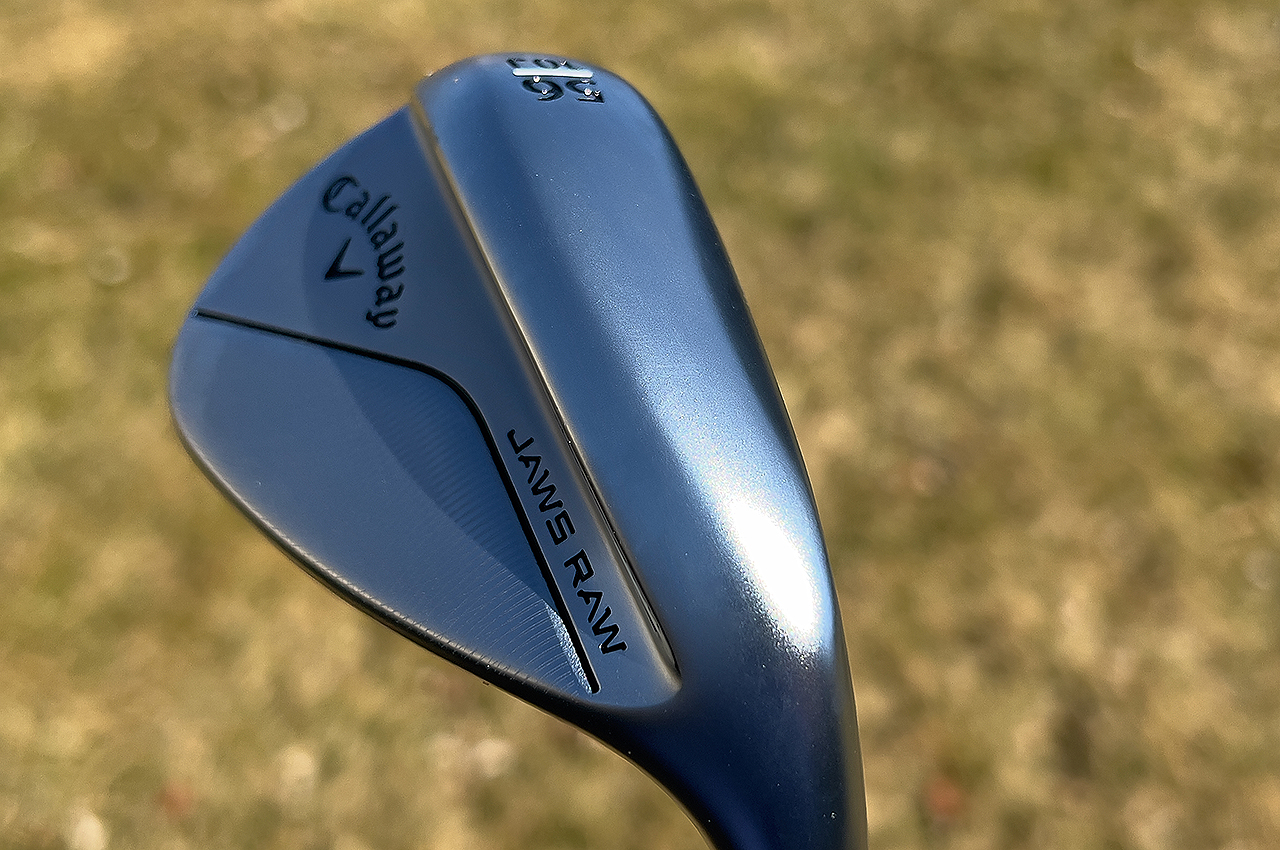Wedges are the most confusing and intimidating golf club category because there are so many options to choose from and many players don’t really understand how to properly use wedges to hit chip shots, bunker shots, flop shops and pitch shots. They hear terms like bounce, sole grind, heel and toe relief and camber and nod, but in the back of their minds they are thinking, “What the hell does that mean?”
To make matters worse, iron lofts have become stronger over the last decade, with many game-improvement sets coming with a 9-iron that has a loft of around 38 degrees and a pitching wedge at 42 degrees. If a recreational golfer has a 56-degree sand wedge, which is typical, that’s a 14-degree gap between wedges, which can put you in between clubs on lots of short game shots.
To reduce the intimidation factor and help golfers find the right wedges more easily, many manufacturers have developed online fitting tools. With just a few clicks to tell these systems about your game and the conditions you encounter on the course, they can provide you with club, loft and sole grind recommendations.
Of course, the best way to discover your ideal wedges is to work in-person with a custom fitter who can evaluate your performance with several different wedges.
The list below is intended to act as an educational starting point and help you get familiar with the most popular wedges and the clubs you will likely see in pro shops and golf specialty stores right now.
Best golf wedges you can buy in 2024:
Price: $179.99 each with True Temper Dynamic Gold Spinner steel shaft and Lamkin UTx Charcoal grip. $189.99 with Project X Catalyst 80 graphite shaft.
Specs: Cast stainless steel with tungsten insert. Available in even lofts between 48 and 60 degrees and in four sole-grind configurations.
Who it’s for: Golfers looking for extra spin around the greens and wedges that look like they came straight off a PGA Tour van.
Excerpt: “To further improve performance, Callaway added two tungsten weights to the toe area of the lob wedges and one tungsten weight to the sand wedges. Adding more mass in that area helps counteract the weight of the hosel and pulls the ideal hitting area into the center of the face. The gap wedges and pitching wedge do not have tungsten.”
..
Click Here to Read the Full Original Article at Golfweek…

